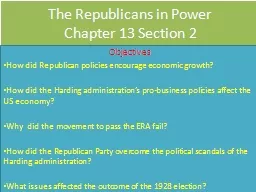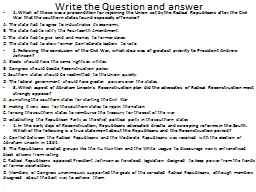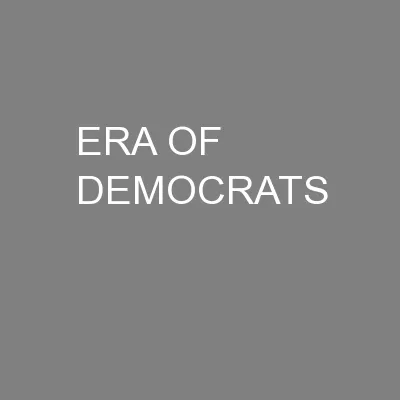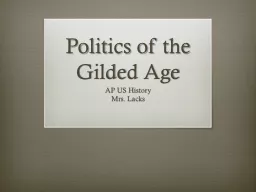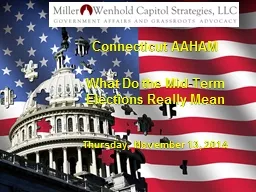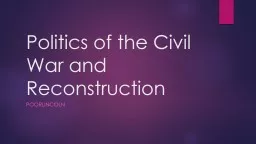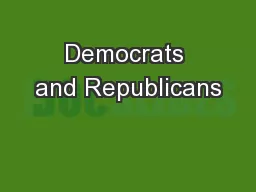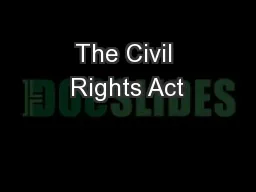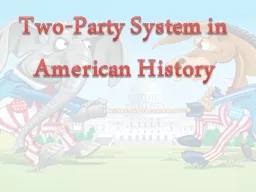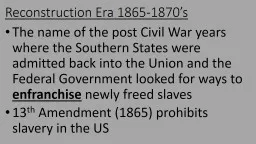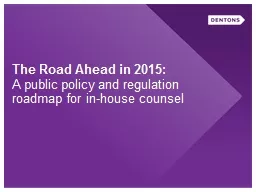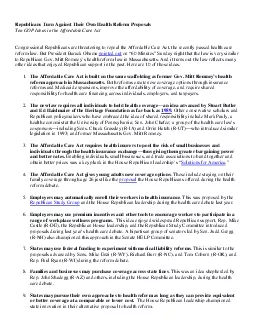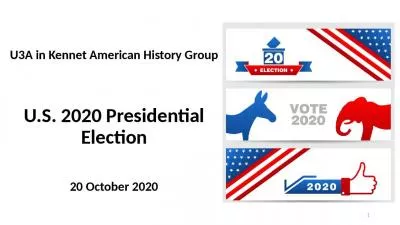PPT-The Republicans in Power
Author : alida-meadow | Published Date : 2016-07-02
Chapter 13 Section 2 Objectives How did Republican policies encourage economic growth How did the Harding administrations probusiness policies affect the US economy
Presentation Embed Code
Download Presentation
Download Presentation The PPT/PDF document "The Republicans in Power" is the property of its rightful owner. Permission is granted to download and print the materials on this website for personal, non-commercial use only, and to display it on your personal computer provided you do not modify the materials and that you retain all copyright notices contained in the materials. By downloading content from our website, you accept the terms of this agreement.
The Republicans in Power: Transcript
Download Rules Of Document
"The Republicans in Power"The content belongs to its owner. You may download and print it for personal use, without modification, and keep all copyright notices. By downloading, you agree to these terms.
Related Documents

